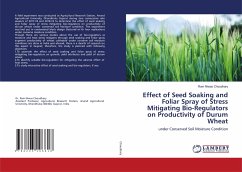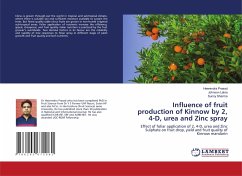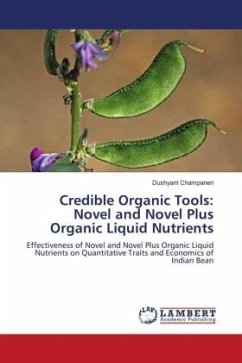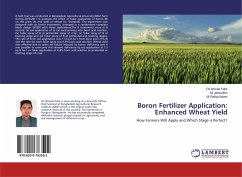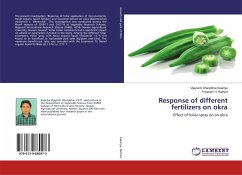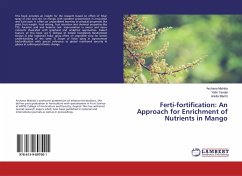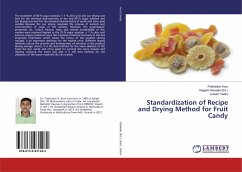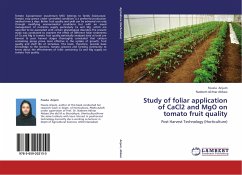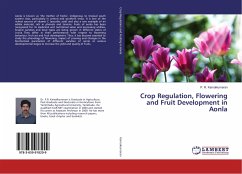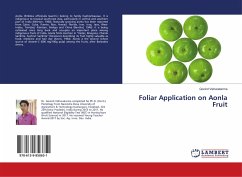
Foliar Application on Aonla Fruit
Versandkostenfrei!
Versandfertig in 6-10 Tagen
24,99 €
inkl. MwSt.

PAYBACK Punkte
12 °P sammeln!
Aonla (Emblica officinalis Gaertn.) belong to family Euphorbiaceae. It is indigenous to tropical south-east Asia, particularly in central and southern part of India (Morton, 1960). Naturally growing aonla has been reported from Cylon, Cuba, Puerto, Rico, Hawaii, Florida, Iran, Iraq, Java, West- Indies, Trinidad, Pakistan, Malaya and China (Benthal, 1946). It is being cultivated since long back and occupies an important place among indigenous fruits of India. Aonla finds mention in "Vedas, Rmayana, Charak Samhita, Sushrut Samhita" literatures describing its fruit highly valuable as food, medici...
Aonla (Emblica officinalis Gaertn.) belong to family Euphorbiaceae. It is indigenous to tropical south-east Asia, particularly in central and southern part of India (Morton, 1960). Naturally growing aonla has been reported from Cylon, Cuba, Puerto, Rico, Hawaii, Florida, Iran, Iraq, Java, West- Indies, Trinidad, Pakistan, Malaya and China (Benthal, 1946). It is being cultivated since long back and occupies an important place among indigenous fruits of India. Aonla finds mention in "Vedas, Rmayana, Charak Samhita, Sushrut Samhita" literatures describing its fruit highly valuable as food, medicine and hair dye (Anon, 1964). Aonla is the second richest source of vitamin-C (600 mg/100g pulp) among the fruits, after Barbados cherry.



